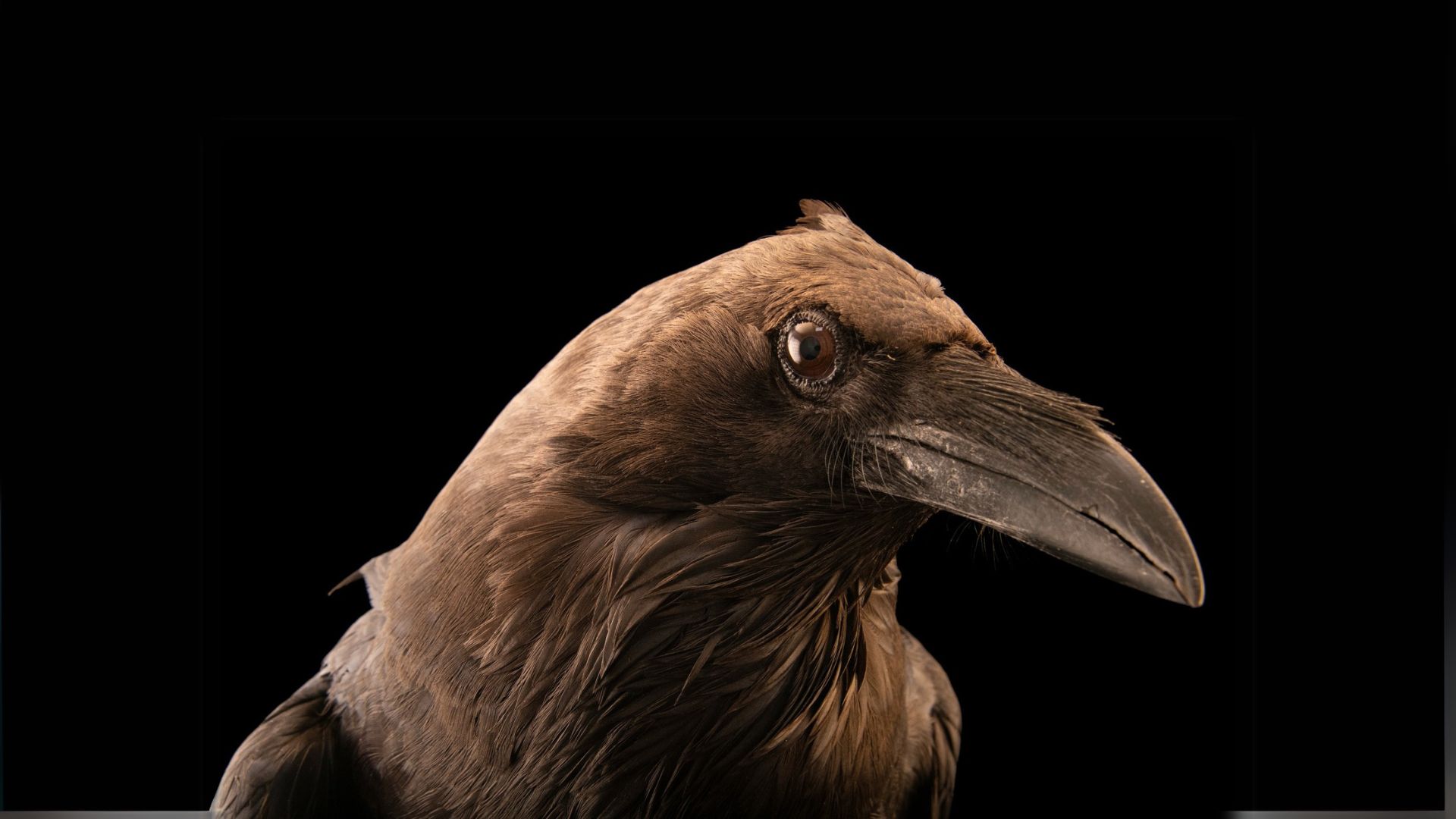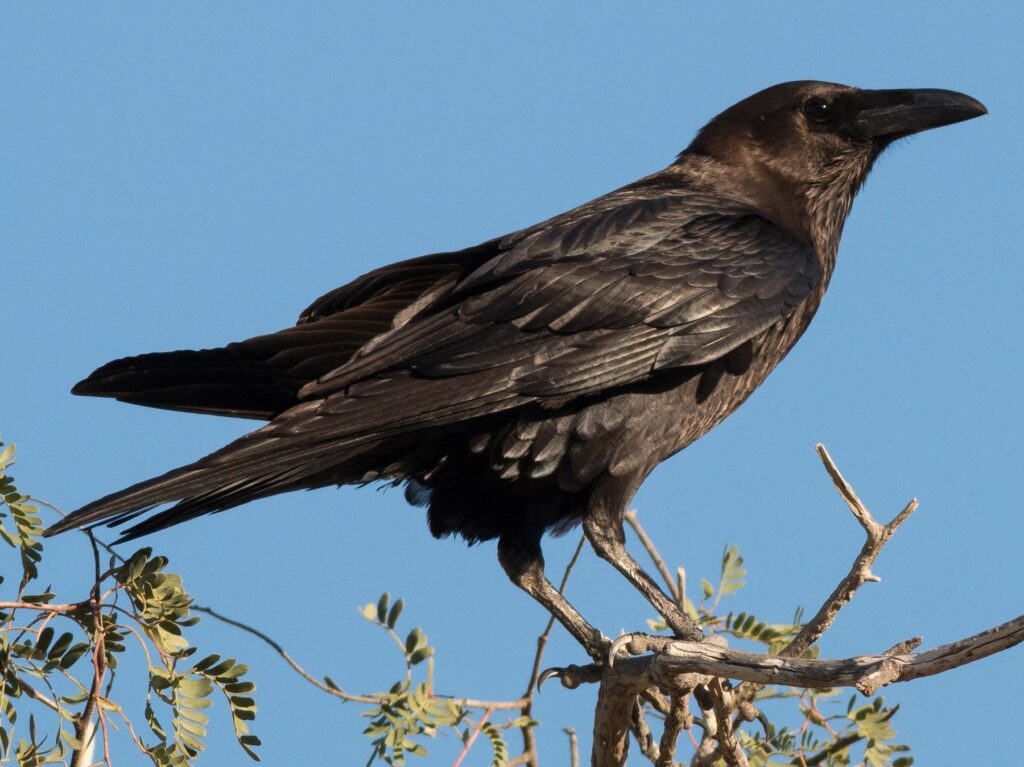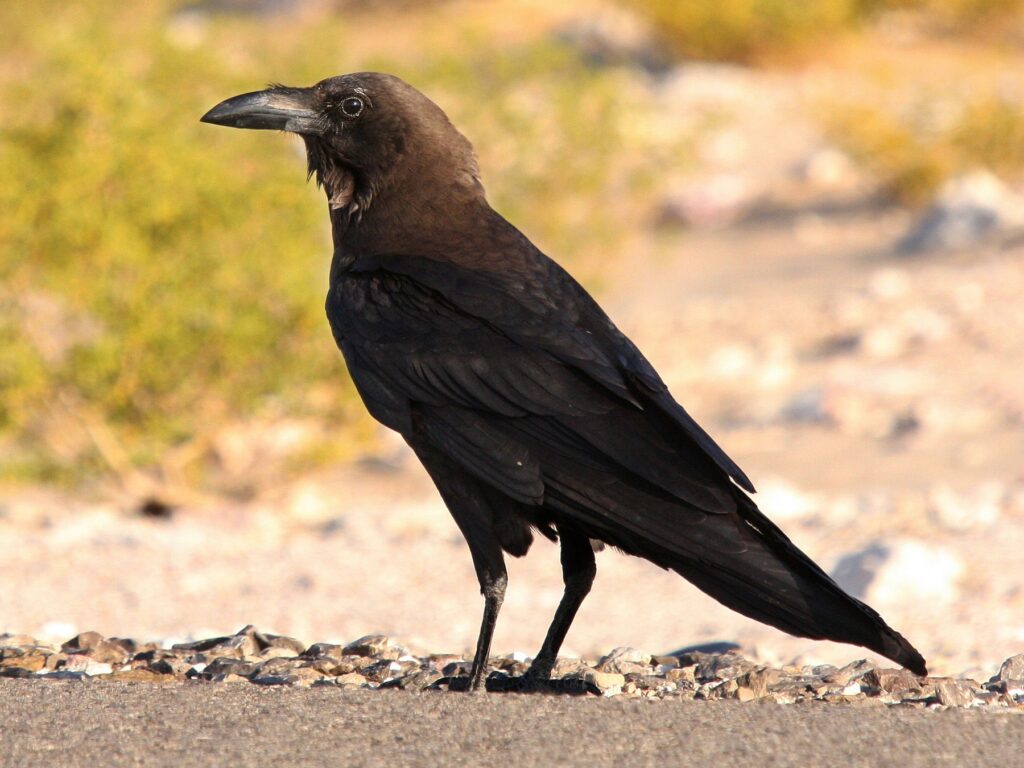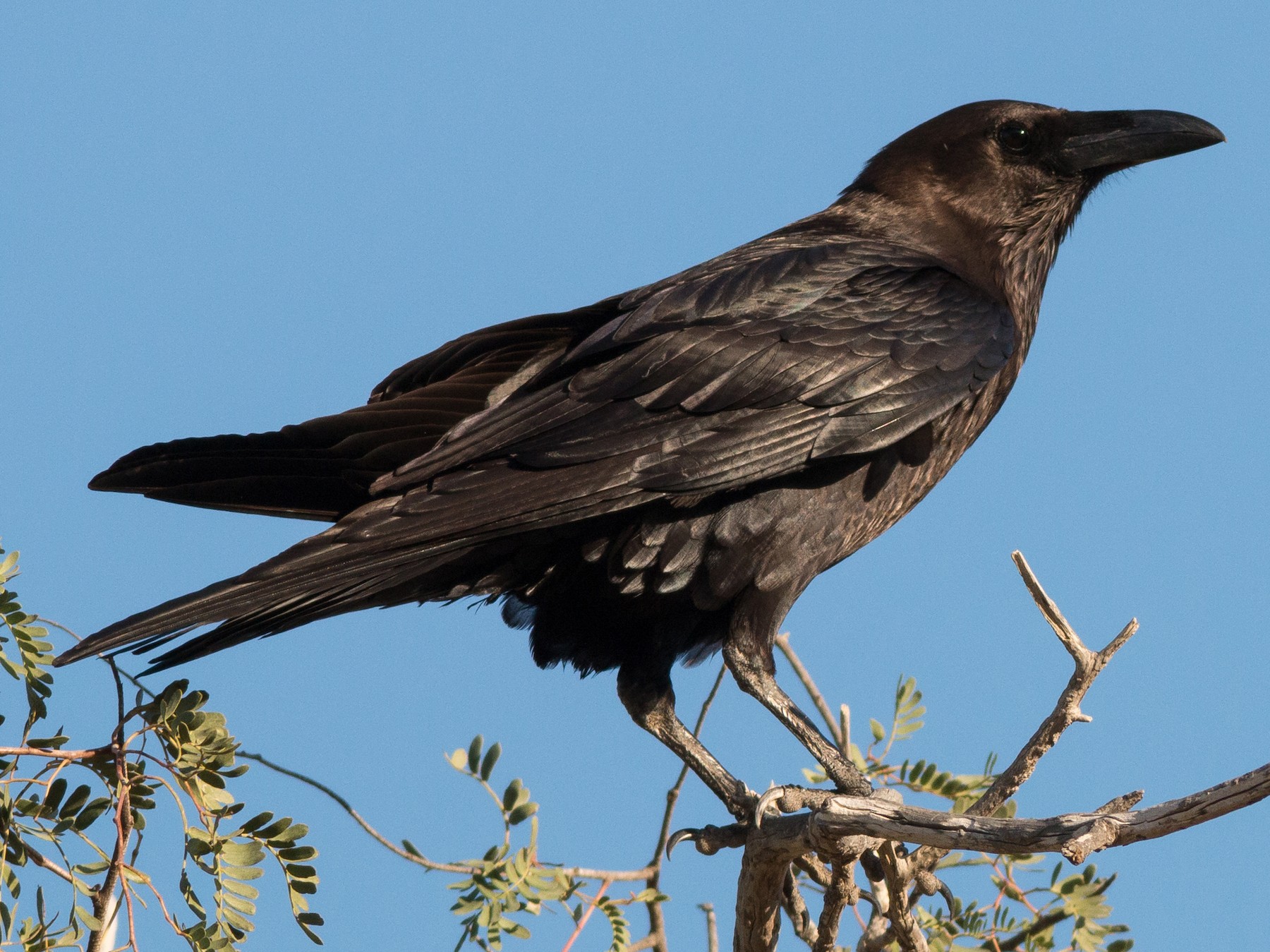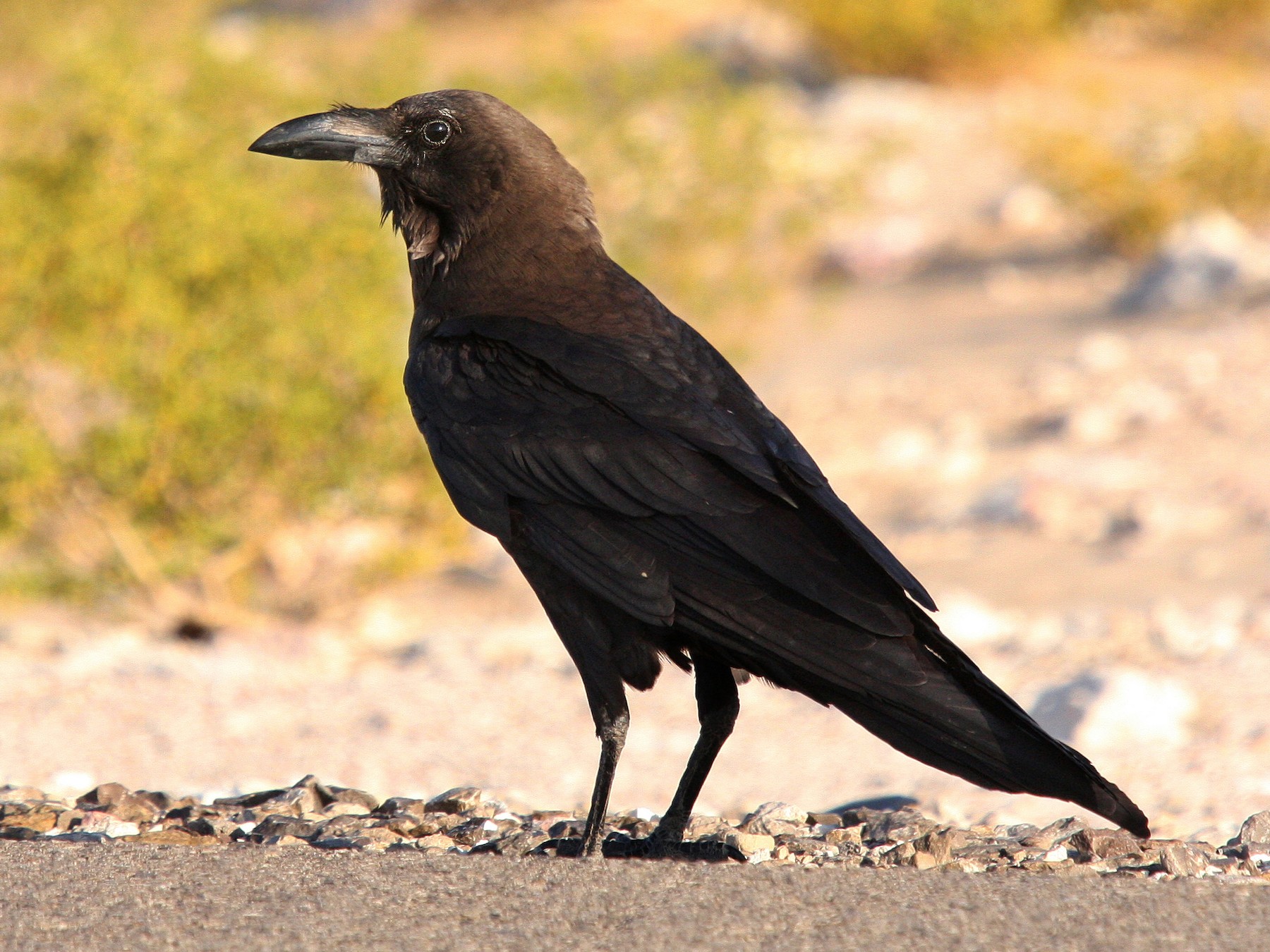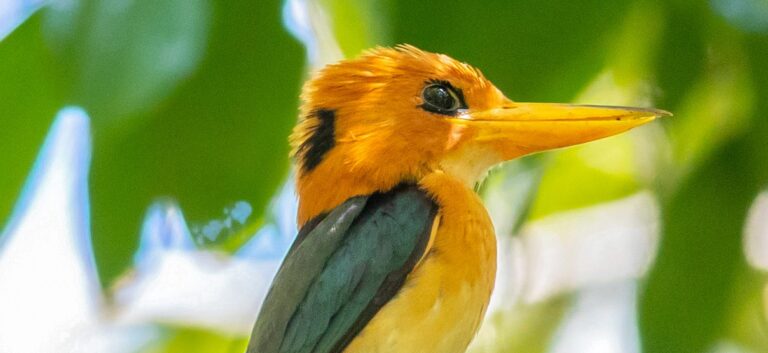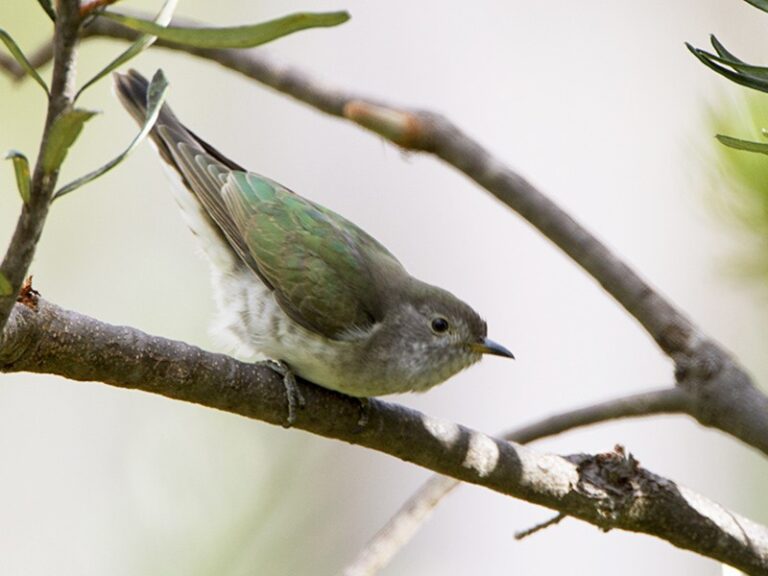Brown-necked Raven: The Fascinating Adaptations and Behaviors of a Unique Bird
The Brown-necked Raven grabs the attention of bird watchers and researchers for its cleverness and adaptability. You’ll spot this bird in deserts, cities, and everywhere in between, showing off behaviors like cooperative hunting and scavenging.
Its striking looks and complex social life make it an easy favorite for anyone curious about birds. These ravens seem to thrive where other animals struggle, showing off their smarts and resilience.
They steal food from other birds and figure out new ways to live alongside people. You’ll often see them foraging in busy areas, making the most of whatever humans leave behind.
Key Takeaways
- Brown-necked Ravens adapt to all kinds of habitats.
- They’re known for teamwork and a knack for stealing food.
- Bird watchers just can’t ignore their fascinating traits.
Taxonomy and Classification
The Brown-necked Raven goes by the scientific name Corvus ruficollis and sits in the Corvidae family, which is famous for smart, complex birds. Let’s look at its scientific background, synonyms, and a bit about its subspecies.
Scientific Naming and Synonyms
Naturalist Pierre Joseph Bonnaterre first described Corvus ruficollis in 1830. The Latin “ruficollis” basically means “red neck,” which fits the bird.
Some folks call it the Dwarf Raven, since it’s a bit smaller than other ravens, but it shares plenty of traits with its relatives. It’s closely related to other ravens and crows, so it keeps popping up in studies on bird classification.
If you want to dig deeper, you’ll find links to studies about its behavior and calls—these help researchers figure out where it fits in bird taxonomy.
Subspecies: Corvus ruficollis edithae
There’s a notable subspecies, Corvus ruficollis edithae, which has its own set of adaptations. You’ll mostly find this one in certain parts of North Africa, where it stands out with some unique physical and behavioral traits.
For example, you might spot subtle differences in plumage color or feeding habits. These changes help scientists see how the environment shapes evolution within the species.
Research on this subspecies sheds light on how Corvus ruficollis carves out its spot in different habitats. Want more on feeding or habitat? Check out studies that focus on these details.
Physical Characteristics
The brown-necked raven, technically a subspecies of the common raven, stands out with a few unique physical features. These traits make it easier to spot and tell apart from similar birds.
Distinctive Features
It’s a medium-to-large bird, measuring about 46 to 56 centimeters long, with a wingspan close to 1.2 meters. Most of its feathers are black, but that brown neck and throat area really catch the eye.
When sunlight hits, the underparts sometimes shine with a blue gloss. The beak is tough and built for a varied diet, while long, pointed tail feathers help it fly with agility.
Strong legs and feet let it walk easily on the ground. Dark eyes give it excellent vision, which comes in handy for finding food and spotting trouble.
Differentiation from Similar Ravens
People often mix up the brown-necked raven with the dwarf raven (Corvus ruficollis). Both look dark, but the brown-necked’s neck is, well, brown—an easy giveaway.
The dwarf raven usually looks black all over and tends to be smaller. The brown-necked raven also has a more varied call, with croaks and other sounds that set it apart from its lookalike cousins.
If you’re out in the wild, these differences matter for proper identification.
Habitat and Distribution
The Brown-necked Raven, or Corvus ruficollis, has learned to survive in some pretty tough places. You’ll mostly find it in deserts and dry regions, where it uses clever tricks to get by.
Across Africa and Asia, it pops up in all kinds of landscapes—even oases, where it finds what it needs to stick around.
Desert Adaptations
This bird’s body can handle high heat and little water. It scavenges for food, eating insects, small mammals, and whatever dead stuff it can find.
- Feeding Habits: Scavenging is a big part of its day. Bugs, small animals, and carrion are all fair game.
- Nesting: It builds nests up high—think cliffs or tall trees—using whatever blends in best.
These tricks help it make it through some seriously rough conditions.
Range in Africa and Asia
You’ll find Brown-necked Ravens in several spots across Africa and Asia. Here’s where they’re common:
- Kenya: Offers the right mix of dry land and food.
- North Africa: Countries like Algeria and Libya have their own populations.
- Middle East: This bird adapts to the local climate, hanging around deserts and rural places.
That’s a pretty wide range, showing how well they can adjust as long as there’s food and somewhere to nest.
Presence in Oases and Arid Regions
Besides deserts, they’re regulars in oases. These spots are like gold mines in dry areas.
- Food Sources: Oases have plants that attract insects and small animals—perfect for a raven’s diet.
- Breeding Habitats: Palm trees and thick plants offer safe nesting places.
Their presence in both tough and resource-rich areas just highlights how adaptable they are. Want to know more about their role in these ecosystems? Check out this link on their diet and behavior here.
Behavior and Ecology
Brown-necked ravens are just fascinating to watch. Their feeding habits show off their flexibility, and their flying skills are impressive.
You’ll notice their social lives are anything but simple—these birds know how to cooperate, especially when it comes to raising young or finding food.
Feeding Habits
They’ll eat just about anything. Insects, small animals, and plants all make the menu. In dry places, dates become a big part of their diet.
They don’t mind taking advantage of humans, either—following bigger predators like Egyptian vultures to snag leftovers. That’s kleptoparasitism, and it’s a clever move.
Flight Patterns
Brown-necked ravens have strong, agile wings. They soar, dive, and pull off all sorts of aerial tricks.
They travel far to find food, and their flight shows off plenty of acrobatics—dips, loops, you name it. These moves are key for survival, especially in hot places where they ride rising air currents.
Breeding and Social Structure
During breeding season, they pair up and stick together. Both parents help build a big nest, usually on a tree or cliff, using sticks and grass.
They both take turns incubating eggs and feeding the chicks—teamwork all the way. Their social lives are just as interesting, with lots of calls and body language to keep the group in sync.
Outside breeding, you’ll see them form groups for hunting or foraging. This group effort boosts their odds, especially in tough environments.
If you’re after more detail on their social side, check out studies on their cooperative behaviors.
Frequently Asked Questions
People have a lot of questions about the Brown-necked Raven. Folks wonder about its calls, how it compares to similar birds, and whether it’s threatened or not.
This section digs into some of the most common curiosities about this fascinating species. Let’s get into it.
What distinctive vocalizations does the Brown-necked Raven make?
The Brown-necked Raven makes all sorts of sounds. You’ll hear harsh calls—think “kaw,” “caw,” or deep croaks.
Sometimes those noises attract mates, other times they just shout out to other ravens. It’s honestly pretty wild how versatile their voices are.
How can you differentiate between a Brown-necked Raven and a Common Raven?
If you’re trying to tell them apart, start with their size and color. The Brown-necked Raven usually shows off a lighter neck and has a leaner look next to the Common Raven.
There’s also the tail: Common Ravens have wedge-shaped tails, but the Brown-necked’s tail looks more rounded. It’s subtle, but you notice it once you know what to look for.
Is it legal to keep a Brown-necked Raven as a pet in certain regions?
In a lot of places, you can’t legally keep a Brown-necked Raven as a pet. Wildlife laws protect them and their habitats.
If you’re even considering it, double-check your local regulations—most areas really don’t allow it.
What ecological roles does the Brown-necked Raven fulfill in its habitat?
Brown-necked Ravens do a lot for their environment. They’re scavengers, cleaning up carrion and random waste.
By eating leftovers, they help recycle nutrients. That, in turn, can support other species around them. It’s kind of an unsung hero role, honestly.
What are the conservation statuses of Brown-necked Ravens across their range?
Their conservation status shifts depending on where you look. Most of the time, they’re not endangered, but some local populations run into trouble from habitat loss or environmental pressures.
People keep an eye on them, just in case. It never hurts to make sure they stick around.
How does the plumage of Brown-necked Ravens differ from other corvid species?
The Brown-necked Raven shows mostly dark feathers, but its neck has this noticeable brownish tint. That brown neck really makes it stand out from other corvids, like the Carrion Crow, which just looks dark all over.
If you’re out birdwatching, that color difference makes it a lot easier to tell them apart.
